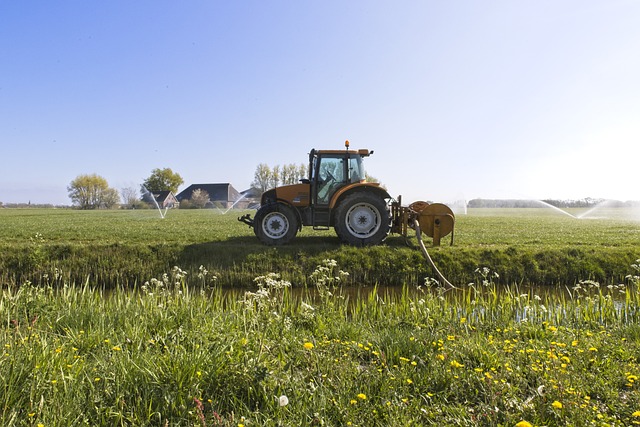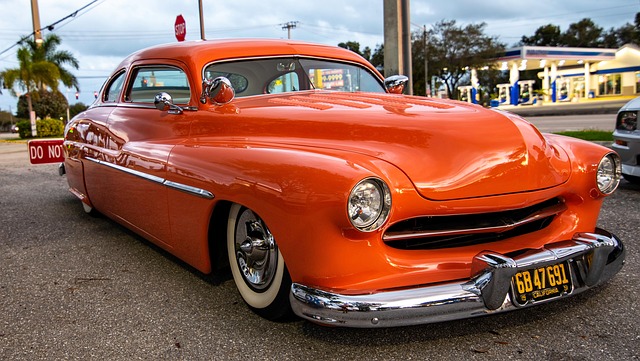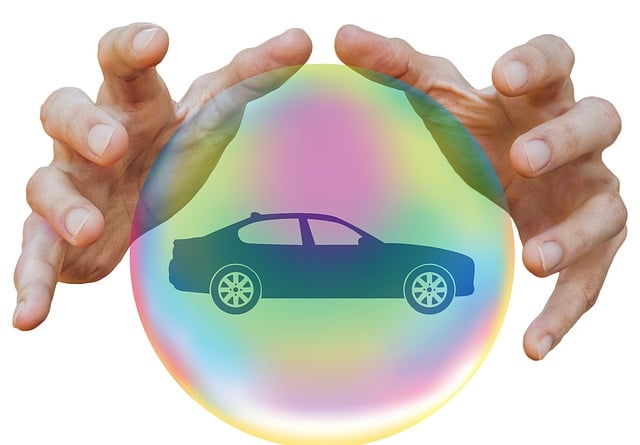Vehicle Collision Coverage is an essential aspect of auto insurance, protecting against financial losses and logistical challenges after accidents. It covers repairs up to a vehicle's actual cash value, includes towing and rental car expenses, and fills gaps left by liability-focused policies. This coverage addresses various damage scenarios, from minor to severe, and involves a claims process that starts with reporting, documentation, and determination of liability. Understanding exclusions, reading policy details, and strategically shopping for quotes are key to maximizing protection while managing costs. Comprehensive collision coverage, along with comprehensive and uninsured/underinsured motorist policies, offers a robust safety net for vehicle owners.
“Unraveling the intricacies of vehicle collision coverage is crucial for every driver. This comprehensive guide delves into the essential aspects of protecting your investment on the road. From understanding what’s covered in your policy to navigating the claims process, we break down everything you need to know about vehicle collision coverage.
Explore types of collision damage, liability issues, and how to enhance protection through add-ons like comprehensive and uninsured/underinsured motorist coverage. Master cost considerations and ensure peace of mind as you navigate the complexities of vehicle coverage.”
Understanding Vehicle Collision Coverage: What It Covers and When It Matters

Vehicle Collision Coverage is an essential aspect of auto insurance that provides protection in case of accidents involving your vehicle. It’s designed to help with the financial burden and logistical challenges that can arise from such incidents. This coverage kicks in when your vehicle collides with another object, whether it’s another car, a stationary structure, or even a pedestrian.
Understanding what’s covered is crucial. Collision insurance typically pays for repairs to your vehicle, up to its actual cash value. It also covers costs associated with towing and rental cars if your vehicle is damaged and cannot be driven. This coverage is particularly important because it fills gaps left by other types of insurance, like liability, which primarily focuses on who’s at fault and the damages they owe, rather than the specifics of repairing or replacing vehicles.
Types of Collision Damage: From Minor Scuffs to Major Repairs

Vehicle collision coverage is a crucial aspect of auto insurance, protecting policyholders from unexpected financial burdens in case of accidents. When discussing types of collision damage, it’s important to understand that these range from minor scuffs and dents to major repairs and total vehicle replacements. Small collisions can often result in scratch marks, dents, or cracked windshields, which are typically covered under comprehensive vehicle coverage.
More severe crashes may lead to significant structural damage, including bent frames, damaged suspensions, or even the need for complete engine replacements. In such cases, collision coverage kicks in to help repair or replace the affected parts of the vehicle. Understanding these distinctions is essential when considering appropriate vehicle coverage to ensure adequate protection against potential collision-related expenses.
Who is Liable in a Crash? The Role of Insurance Policies

In the event of a vehicle collision, establishing liability is a crucial step in the claims process. Typically, responsibility for the crash and subsequent damages rests with the driver who was at fault—the one whose negligence or reckless behavior led to the accident. This fault-based system aims to hold individuals accountable for their actions on the road. However, the situation can become more complex when multiple parties are involved or when specific circumstances, like a lane change without signaling, contribute to the collision.
Insurance policies play a pivotal role in mitigating the financial burden and resolving disputes in such scenarios. Vehicle coverage, whether it’s part of a comprehensive or collision policy, steps in to cover repairs or replacement costs for the affected vehicles. These policies ensure that drivers are protected against unexpected expenses resulting from accidents, offering peace of mind on the road. Understanding one’s insurance plan and its liability clauses is essential for knowing what compensation is available and how claims should be navigated after a crash.
How Does Collision Coverage Work? A Step-by-Step Guide

Collision coverage is a type of vehicle insurance that protects you financially in case your car is damaged in a collision with another vehicle or object. Here’s how it works, step by step:
1. Policy Payout: If you’re involved in a collision, you file a claim with your insurance provider. They investigate the incident to determine liability, which decides who’s covered for the damages. For a covered incident, your collision coverage kicks in.
2. Repairs or Replacement: Depending on the severity of the damage, your insurance company will either repair your vehicle or, if it’s deemed beyond repair, they’ll pay for its replacement. This ensures that you’re not left with a substantial financial burden from unexpected accidents.
3. Deductible Application: Before any funds are disbursed, you’ll need to pay your collision coverage deductible. This is a predetermined amount agreed upon in your policy. After paying the deductible, the insurance company covers the rest of the eligible repair or replacement costs.
4. Restoration Process: With the funds from your collision coverage, you can have your vehicle restored to its pre-accident condition. This includes fixing any structural damage, painting, and replacing parts as needed.
5. Policy Renewal/Claim History: Collision coverage is usually an add-on feature to a comprehensive car insurance policy. Your claim history will impact future premiums, so it’s essential to drive safely and responsibly to avoid unnecessary claims.
Common Exclusions: What Your Policy Might Not Cover

Despite its name, Vehicle Collision Coverage isn’t just about paying for damage when your car collides with another. There are several common exclusions to keep in mind when reviewing your policy. These can include damages caused by driving under the influence, intentional acts, or neglectful maintenance of your vehicle. Some policies might also not cover losses incurred while driving on unpaved roads or during certain high-risk activities like racing.
Additionally, certain types of damage may be excluded, such as those resulting from natural disasters (like floods or earthquakes), wear and tear over time, or mechanical failures that aren’t due to an accident. It’s crucial to read your policy carefully and understand what’s covered and what isn’t to ensure you’re protected appropriately under your Vehicle Coverage.
Enhancing Protection: Adding Comprehensive and Uninsured/Underinsured Motorist Coverage

Enhancing Protection through Comprehensive and Uninsured/Underinsured Motorist Coverage is a prudent step for any vehicle owner seeking robust Vehicle Coverage. These additional policies go beyond basic liability, offering financial safeguard in a wide range of scenarios.
Comprehensive coverage protects against damages not related to accidents, such as theft, natural disasters, or vandalism. Uninsured/Underinsured Motorist Coverage, on the other hand, provides relief when dealing with at-fault drivers who lack sufficient insurance or are completely uninsured. By incorporating these coverages, individuals gain peace of mind and financial security, ensuring they’re protected in both common and uncommon circumstances.
Claims Process: Steps to File and Manage a Vehicle Damage Claim

When dealing with vehicle damage, understanding the claims process is crucial for a smooth experience under your vehicle coverage. The first step to filing a claim is to contact your insurance provider as soon as possible after the collision. During this initial conversation, you’ll want to exchange information with any other parties involved, take notes on the incident, and report any immediate injuries or police involvement.
Following this initial communication, you can begin gathering necessary documents for when you officially file your claim. This includes proof of insurance, vehicle registration, a detailed account of the incident, and photographs documenting the damage. Once prepared, submit these documents to your insurer along with a completed claim form. They will review your information and contact you if any additional details are required before processing your claim, ensuring you receive the compensation you’re entitled to under your vehicle coverage.
Cost Considerations: Premiums, Deductibles, and Savings Strategies

When considering vehicle collision coverage, cost is a primary concern for many drivers. Insurance premiums can vary widely based on several factors, including your driving history, vehicle make and model, location, and chosen coverage levels. It’s important to balance the financial protection of comprehensive collision coverage with the potential out-of-pocket expenses. Deductibles play a significant role; raising this amount lowers premiums but increases what you’ll pay initially in case of a claim.
To save on vehicle coverage costs, strategic shopping is essential. Compare quotes from multiple insurers, considering not just the base price but also any discounts they offer for safe driving, bundling policies (home and auto), or maintaining a clean record. Regularly reviewing your policy and deductibles can help you stay protected while managing expenses effectively.
